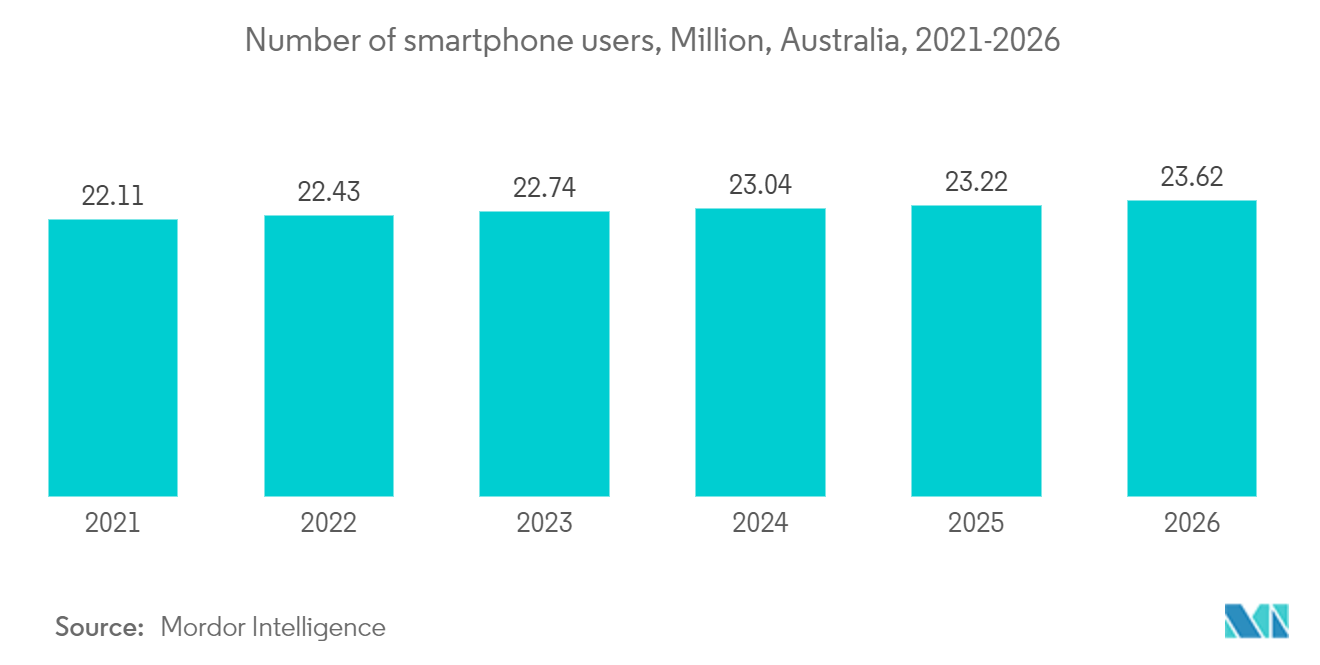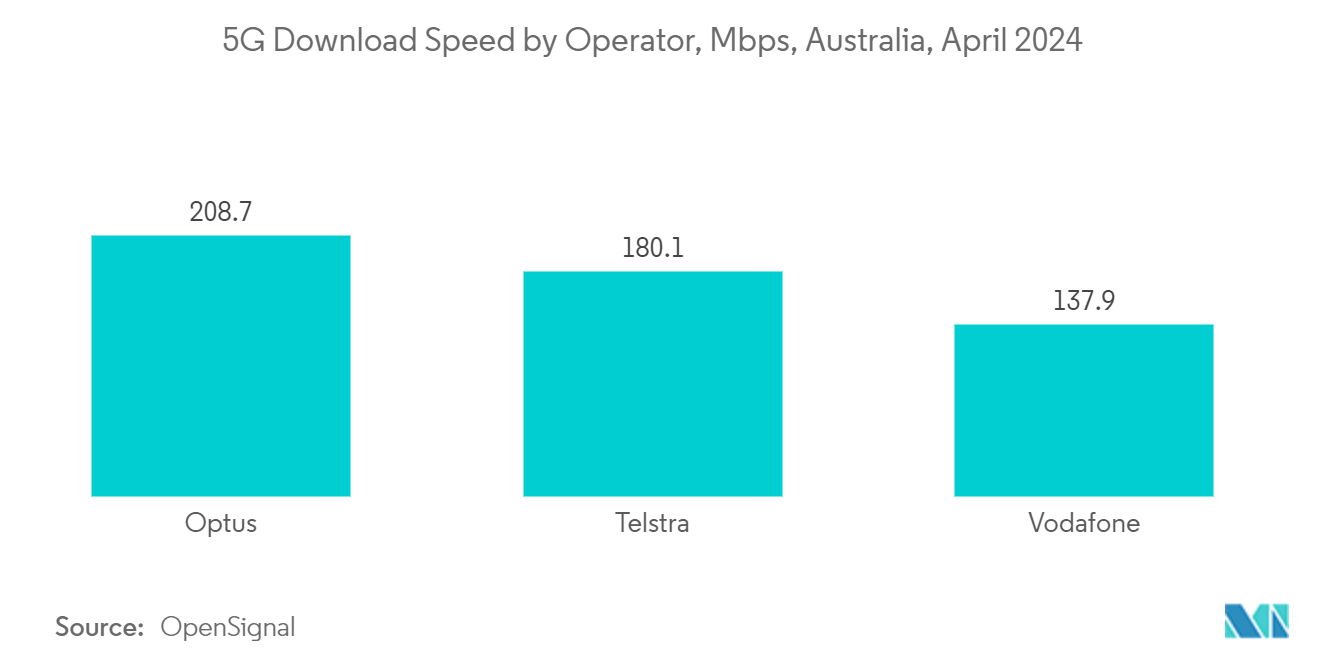Market Trends of Australia Data Center Construction Industry
Tier 3 Data Centers were Expected to Record Significant Market Share in 2023
- Australia's data center construction market is experiencing consistent growth, driving service providers to adopt tier 3 standards. Consequently, the nation is witnessing a surge in tier 3 colocation facilities. As of 2023, Australia boasted over 100 tier 3 data centers, with more than 10 additional facilities under construction, all aiming for tier 3 certification.
- Key players in tier 3 data center construction include STACK Infrastructure, Canberra Data Centers, and DCI Data Centers. Sydney is set to see the most significant surge in construction, with Melbourne and Perth following suit.
- The surge in digitization is set to propel significant growth for tier 3 data centers in the near future. Key drivers, including the widespread adoption of smartphones, a push from companies toward richer online content and graphics, and the expanding base of online shoppers and digital payment users, are all primed to fuel the expansion of tier 3 data centers in Australia. As data processing requirements escalate, so does the demand for new data centers in the nation.
- In the Australian data center market, tier 3 and 4 data centers are poised for substantial growth. Tier 3 data centers, boasting an uptime of 99.98% and N+1 redundancies, are highly favored by a majority of businesses. Yet, there is a notable shift among providers toward attaining tier 4 certification for their latest ventures. A case in point is NextDC's Brisbane data center, which clinched the prestigious title of being the nation's inaugural tier 4 certified facility by the Uptime Institute.

The IT and Telecommunications Segment to Hold Significant Market Share
- The Australian telecommunications industry is undergoing a significant transformation. In recent years, the National Broadband Network (NBN) has been diligently extending its fiber optic network across the nation. Following a recent government directive to transition 1.5 million locations from FTTN to full fiber, the NBN is poised to substantially boost its fixed-line connections. By 2025, the NBN plans to enhance its top wholesale speed tier from 500 Mbps to nearly 1 Gbps, prioritizing over 700,000 locations. This strategic upgrade not only enhances internet accessibility but also propels the country's digitalization efforts. As digitalization gains traction, there is a notable surge in data consumption, consequently spurring a heightened demand for data centers in Australia.
- Over the last decade, Australia's IT spending has shown consistent growth, and experts predict this trend will continue with growth rates of 5% to 6% in the coming years. Around 43% of Australia's IT systems have transitioned to the cloud, a figure expected to rise during the forecast period. Projections indicate that Australia's public cloud spending will surge by 83%, leaping from USD 12.2 billion in 2022 to an estimated USD 22.4 billion by 2026. Highlighting this shift, AWS, in July 2024, announced plans to construct three specialized facilities tailored for the defense and intelligence industries. These data centers are slated for completion by 2027. The Australian government's cloud exploration, initiated in 2021, aligns with the broader digitalization trend sweeping the nation, underscoring the rising demand for additional data center infrastructure.
- By 2030, Australia is poised to emerge as a leading digital economy, a trajectory propelled by concerted efforts from both governmental and private sectors. This momentum was set in motion with the unveiling of the Australian government's 2021 Digital Economy Strategy, which outlined a substantial AUD 1.2 billion (USD 0.76 billion) investment aimed at bolstering Australia's digital prowess and global competitiveness. From overhauling regulatory policies to prioritizing investments in cybersecurity and technical education, the government has been proactive in urging businesses to embrace digital transformation, thereby fortifying Australia's economic standing. Notably, initiatives like the Australian Government Information Management Office (AGIMO) spearheaded the Australian Government Data Center Strategy 2010-2025, steering a shift from singular government data centers to multi-tenant, third-party facilities. These developments have fueled a surge in data consumption, necessitating a corresponding rise in data center constructions across the nation.
- In October 2023, Microsoft announced a significant investment of AUD 5 billion (USD 3.2 billion) in Australia. This investment is earmarked for expanding its cloud computing and AI infrastructure over the next two years. Furthermore, Microsoft is set to partner with the state of New South Wales to launch the Microsoft Datacenter Academy in Australia. The tech giant is also collaborating with the Australian Signals Directorate intelligence agency on a cybersecurity initiative. These initiatives not only bolster the growth of data centers in Australia but also incentivize operators to either expand their existing facilities or venture into building new ones to meet the rising demands for data processing.


